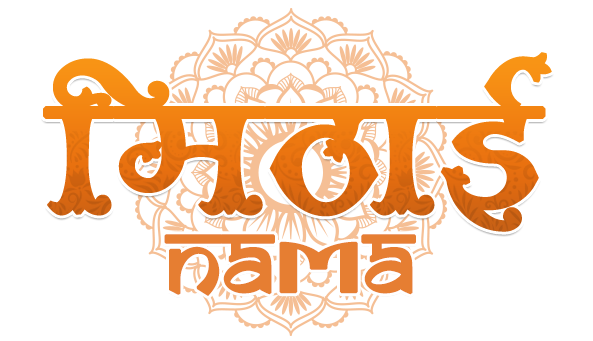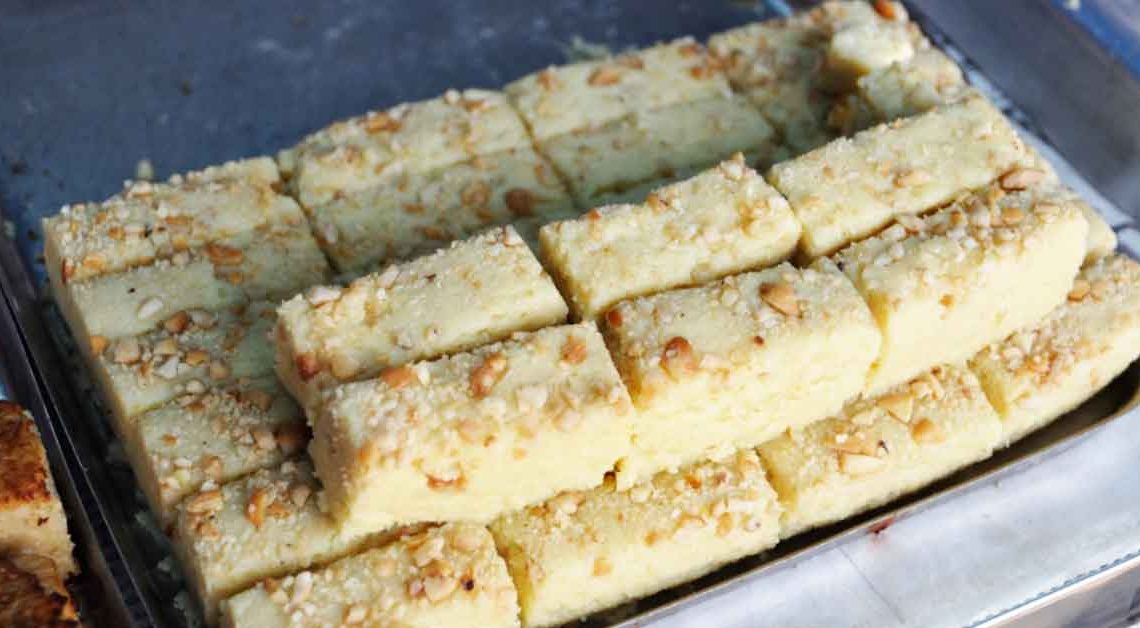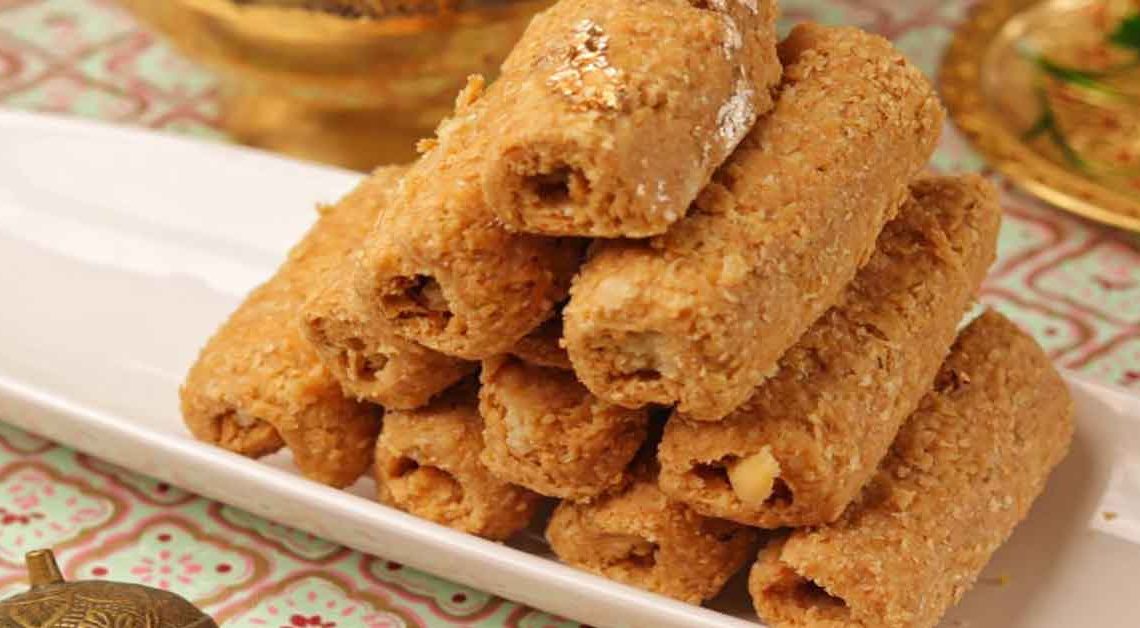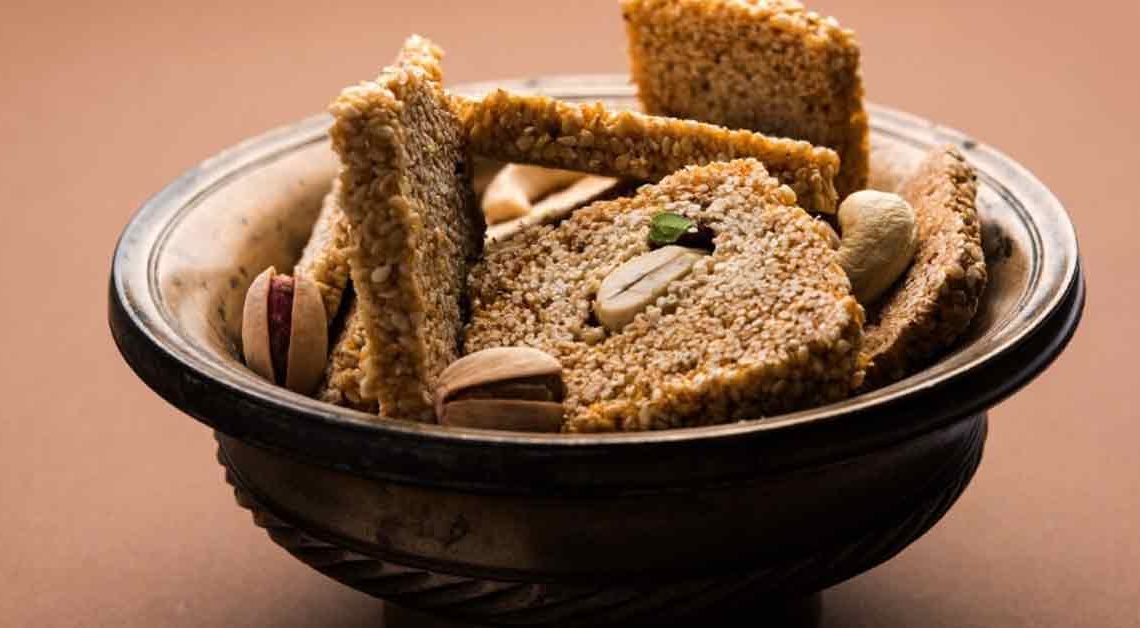Mystical Delights: Embarking on a Moong Dal Halwa Journey
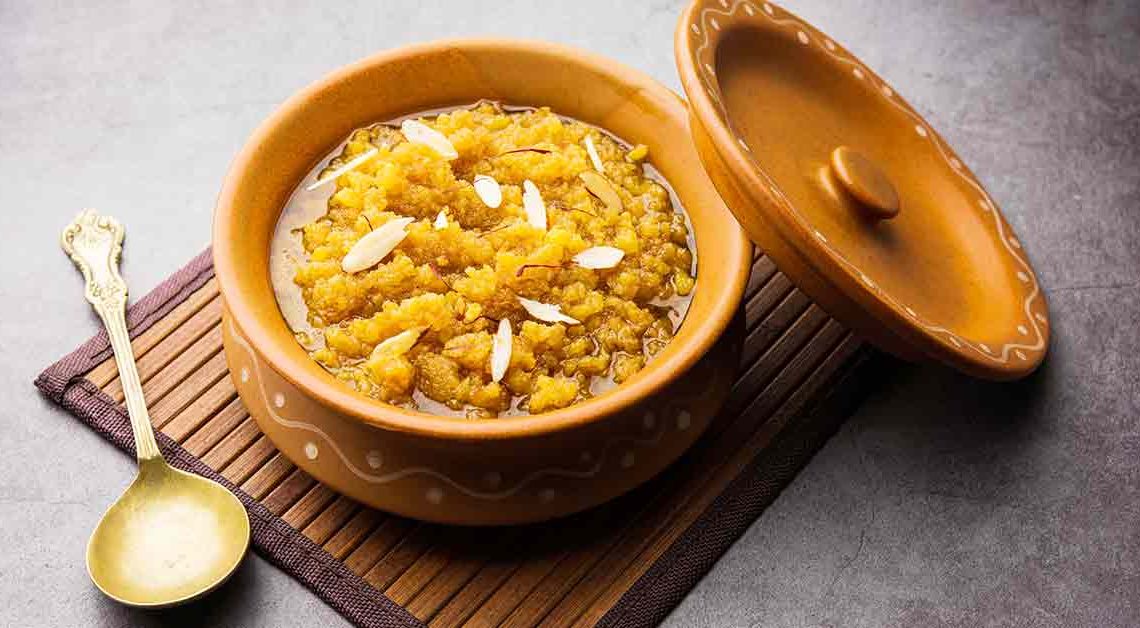
Welcome to Mithainama!, culinary wanderers, to a delightful expedition into the enchanting realm of flavors and traditions. Our culinary compass points us toward a golden concoction that’s not just a dessert, but a symphony of memories and tastes passed down through generations. Buckle up as we dive into the heartwarming saga of Moong Dal Halwa – a dessert that’s both an art and a science.
Picture this: plump, golden moong lentils slow-cooked to perfection, transforming from humble legumes into a royal treat fit for kings and commoners alike. Each spoonful of this ghee-infused marvel carries with it the whispers of centuries-old kitchens and the love of grandmothers who knew the secrets to indulgence.
Our journey will take us through the bustling flavors of India, where fragrant cardamom pods and saffron strands hold the key to unlocking the halwa’s mesmerizing aroma.
Origin of Moong dal halwa
The origin is deeply rooted in the rich culinary history of India, particularly in the northern regions. This delectable dessert has been cherished for centuries, not only for its heavenly taste but also for the cultural significance it holds.
The sweet finds its origins in the royal kitchens of the Mughal era, where intricate dishes were created to satisfy the refined palates of emperors and nobles. Over time, this dish made its way from the royal courts to the households of commoners, becoming a beloved treat during festivals, celebrations, and special occasions.
Its popularity has transcended generations, making it a cherished part of Indian culture and cuisine. Each region in India might have its own unique variations and methods of preparation, adding to the diverse tapestry of flavors that this dessert represents.
History of Moong dal halwa
The history is a journey through time that intertwines culinary artistry, cultural exchange, and a love for flavors. While exact dates and details may be elusive, the evolution of this beloved dessert offers a glimpse into its fascinating past.
The roots can be traced back to ancient India, where legumes like moong dal were staples in the diet due to their nutritional value and versatility. Early culinary enthusiasts experimented with these ingredients, gradually refining methods of preparation.
The dish gained prominence during the Mughal era (16th to 19th centuries), known for its opulent feasts and culinary innovations. The Mughals introduced intricate cooking techniques and luxurious ingredients, and it’s during this time that halwa underwent a transformation from a simple dal-based dish to a decadent dessert fit for royalty.
Today, it remains a cherished dessert that embodies the essence of Indian culinary heritage. Its history is a testament to the way food can transcend time, bridging generations and cultures, and inviting us to savor not just flavors, but stories and traditions passed down through the ages.
Cultural Significance
It holds a special place in the cultural tapestry of India, representing more than just a dessert. Its significance extends beyond taste, touching upon various aspects of Indian culture, traditions, and social connections.
Festive Celebrations: It is often associated with joyous celebrations and festivals. It is a quintessential sweet prepared during Diwali, the Festival of Lights, symbolizing the triumph of light over darkness.
Traditional Cuisine: As a classic Indian sweet, it showcases the culinary prowess of generations past. The dish highlights the art of slow-cooking and patience, two values deeply ingrained in Indian cooking traditions. Passing down the recipe from one generation to the next preserves cultural heritage and familial connections.
Cultural Diversity: While halwa is celebrated across India, it takes on unique regional flavors and variations. Different states and communities infuse their distinct culinary styles, spices, and ingredients into the dish, showcasing the country’s vast cultural diversity and culinary creativity.
Where is Moong dal halwa Famous?
It is famous and cherished across India, with variations and regional adaptations found in different parts of the country. However, there are a few regions where it has particularly strong popularity and cultural significance:
Rajasthan: It is a beloved dessert in Rajasthan, especially during festivals like Diwali and weddings. It’s prepared with generous amounts of ghee, dry fruits, and saffron, creating a rich and indulgent treat that is characteristic of Rajasthani cuisine.
Punjab: In Punjab, Moong Dal Halwa is a winter delicacy. It’s often enjoyed during the Lohri festival, a Punjabi harvest festival, and other special occasions. The Punjabi version might have a slightly different texture and flavor profile, reflecting the culinary preferences of the region.
Uttar Pradesh: It has strong ties to Uttar Pradesh, particularly in cities like Lucknow and Kanpur. The traditional preparation method, slow-cooked with ghee and milk, results in a luscious and aromatic dessert that’s often served during weddings and festive gatherings.
Interesting Facts and Trivia
Certainly! Here are some intriguing facts and trivia about Moong Dal Halwa:
- It was believed to be a favorite of the Mughal emperors, including Emperor Akbar. Its rich ingredients and labor-intensive preparation made it a luxury fit for royalty.
- In Northern India, it is often associated with winters. Its high calorific content and warming properties make it a popular choice to combat the cold weather.
- It is a cherished Diwali treat. Its golden color and sweet aroma are considered auspicious, symbolizing prosperity and good fortune.
- Traditional halwa recipes call for a generous amount of ghee, contributing to its rich and indulgent flavor. The use of ghee also imparts a unique aroma and smooth texture.
- Saffron and cardamom are often used to flavor halwa, adding a touch of opulence to the dish. Saffron contributes to the dessert’s distinct golden hue, while cardamom enhances the fragrance.
Did You Know?
Did You Know? Moong Dal Halwa, beyond its sumptuous taste, offers a wealth of benefits that might surprise you!
- Did you know that it isn’t just a delectable dessert, but a source of essential nutrients too? The main ingredient, moong dal (split yellow mung beans), is a potent protein powerhouse, providing your body with a valuable dose of plant-based protein to support muscle health and repair.
- Enjoying a serving of halwa can provide a quick energy boost, making it a perfect treat to kick-start your day or recharge your batteries after a busy schedule.
- The generous use of ghee in it not only contributes to its rich flavor but also adds a dose of healthy fats. Ghee is rich in vitamins A, D, E, and K, which are essential for various bodily functions, including maintaining healthy skin and boosting immunity.
- Moong dal contains dietary fiber that supports healthy digestion and can help alleviate digestive issues. A mindful indulgence in halwa can contribute to your daily fiber intake, promoting gut health and regularity.
- While savoring Moong Dal Halwa, remember that moderation is key. Indulging occasionally can satisfy your sweet cravings while allowing you to enjoy its nutritional advantages.
